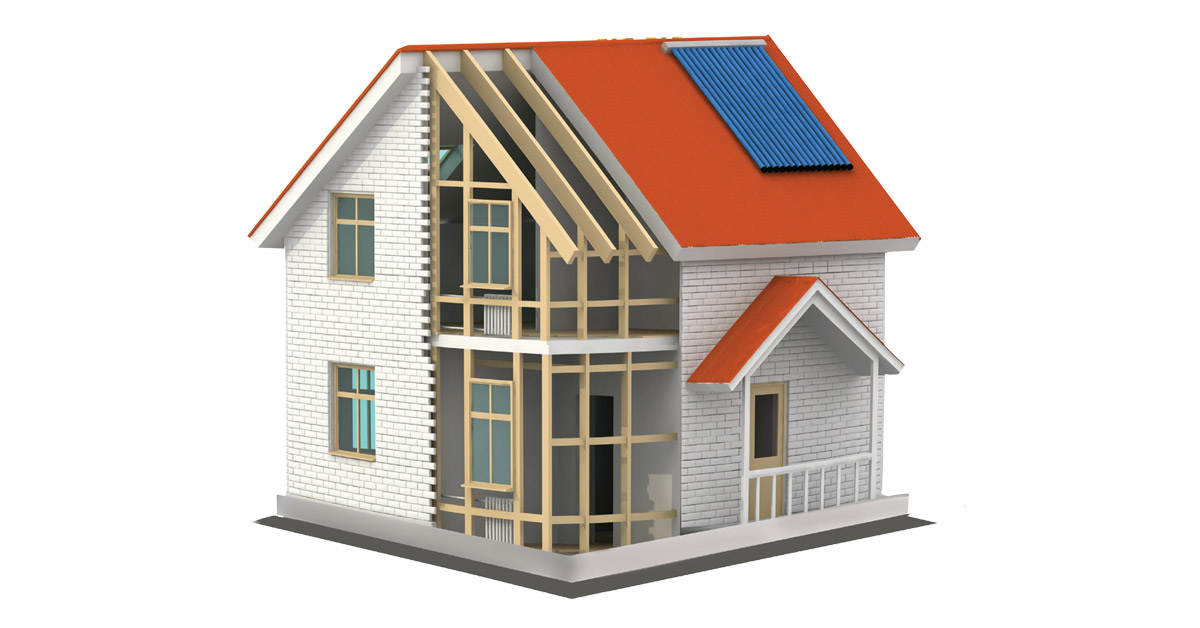The housing bubble of 2008 ushered in a golden age for hard money and private money lenders. Conventional lending tightened due to worries about the economy while lawmakers in Congress and statehouses debated a host of regulatory changes.
Opportunities opened for people willing to pay higher short-term interest rates. Private and hard money lenders filled this void. But the COVID-19 pandemic has been different. One of the problems plaguing the private lending space is the same one facing conventional lenders: the housing inventory shortage.
“In the recession (after 2008), there was massive inventory and low capital availability,” says Tyler Stone, founder and president of Capstone Financial, a Scottsdale, Arizona-based lender. “Now there’s a lot of capital availability and no inventory. It’s like the reverse.”
To be sure, private money lenders have been partnering with builders that need capital for development projects and commercial real estate buyers who find value in distressed properties, especially in the retail sector. One of the mainstays of the private lending space, however, are fix-and-flippers, or people who buy residential properties with plans to quickly resell for profit.
With the dearth of available housing, fix-and-flippers have been having a tough time. In 2020, only 241,630 single-family homes and condominiums were flipped in the U.S., down 13.1% from the year prior and the lowest figure since 2016, according to Attom Data Solutions. Profit margins for home flippers dipped for the third year in a row.
The current inventory shortage, Stone says, is causing “John and Susie Q. homeowner” to buy fixer-upper properties they might have avoided in the past. This equates to even fewer selections for flippers, he adds.
“The fix-and-flippers are having to compete not only against each other, but they’re having to compete against retail homebuyers,” Stone says.
Stone believes the market will correct itself as more homes get built, but this will take many months or years. Until then, many of Stone’s clients have found opportunities in secondary and tertiary markets. Fix-and-flippers started moving into these smaller markets even before the pandemic, says Eddie Wilson, CEO of the American Association of Private Lenders (AAPL), which is a for-profit, nonlending organization that represents about 800 private lenders in the U.S.
“I think that’s just been the migration of private capital going a little bit broader than deeper,” Wilson says. “Before it was an extremely deep marketplace. Now it’s an extremely broad marketplace.”
But the availability of properties in smaller markets also is limited, he says. “It’s a feeding frenzy today, but at some point, the inventory there will be eaten up. The spreads will be gone.”
Equity Wave Lending’s Jack Suddarth agrees that the inventory shortage is a challenge for fix-and-flip clients. The California-based lender says that these clients can no longer buy a house, make cosmetic changes and sell the property at a high profit. Oftentimes, he says, fix-and-flippers need to make more costly improvements such as increasing the square footage of a home to resell it. And more costs mean more risks.
The fix-and-flippers are having to compete not only against each other, but they’re having to compete against retail homebuyers.
Tyler Stone, founder and president, Capstone Financial
The inventory shortage is offering an intriguing opportunity for private lenders, Suddarth says. This is coming in the form of accessory dwelling units (ADUs), which can be an apartment attached to an existing single-family home or a small outbuilding that comes in all shapes and sizes. A detached structure can be built from the ground up, purchased as a kit, or prebuilt and lifted into place. The complexity comes in the financing.
“Let’s say a guy’s retired, and now he wants to build an ADU for somewhere between $100,000 and $200,000 in his backyard and receive extra income,” Suddarth says. “If he wants to finance it, how do you value that property now?”
Appraisers for conventional loans look at comparable sales in neighboring areas to determine a property’s value. But because these projects are popping up in neighborhoods without any other ADUs, Suddarth says it’s difficult to value the additions and factor in the rental income.
“It has everybody from the East Coast to the West Coast in the lending industry scratching their heads, thinking, ‘How can we possibly make a product that works with this?’” Suddarth says.
Private lenders and their investors often lend based on income generation, Suddarth says. These lenders also have more flexibility than their conventional counterparts to review a property and judge value in different ways.
AAPL’s Wilson says that private lenders can look beyond the “sticks and bricks that make up the property.” This flexibility allows private lenders to thrive. “Private money finds its way into these vacuums that are created by the complexity of the conventional lending space,” Wilson says. ●





